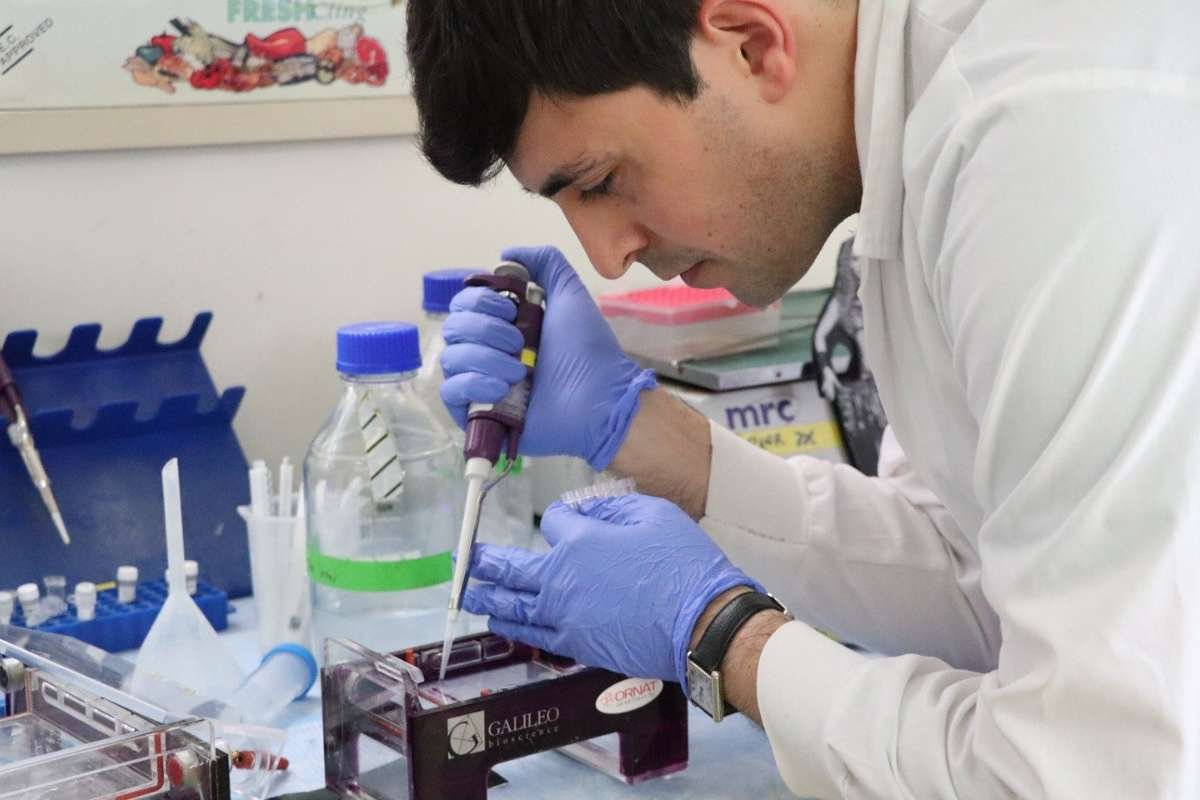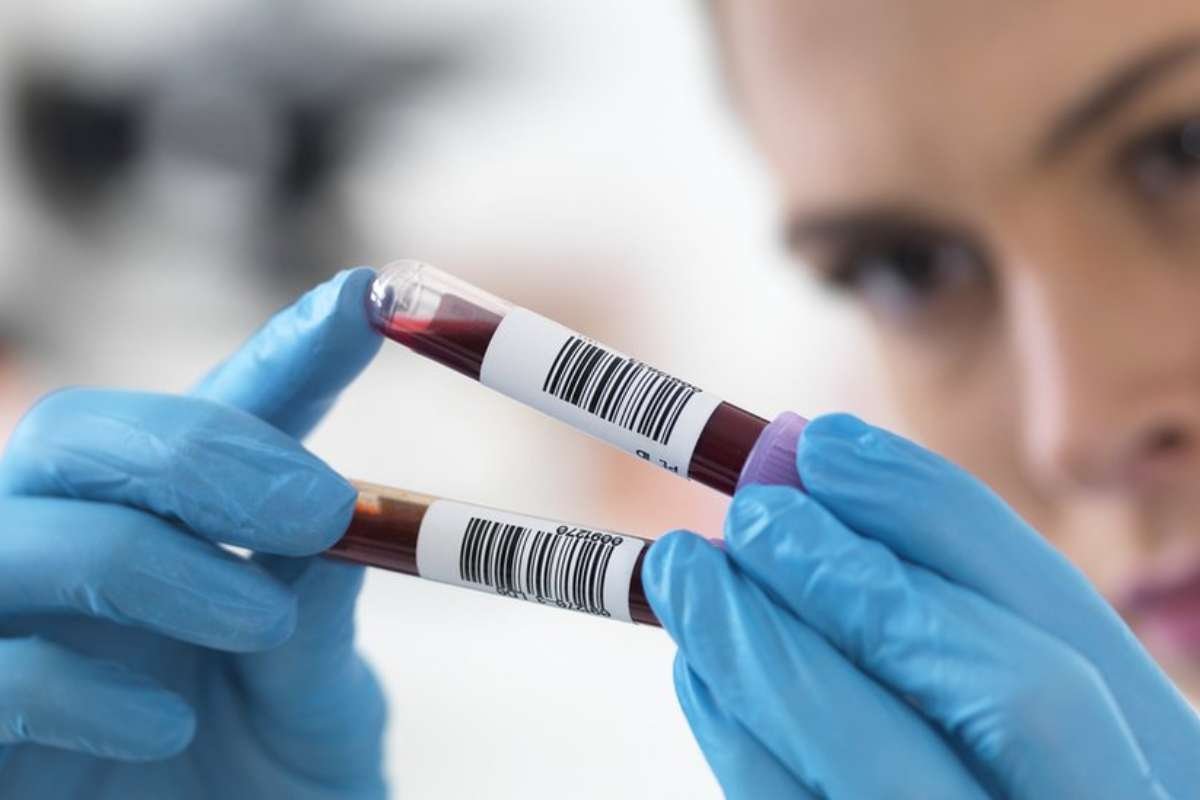The American diabetes association updates (ADA) has only recently revised its recommendations for the management of diabetes, shifting the emphasis to more personalized treatment programs and a greater reliance on technological advancements. These revisions are being made with the intention of enhancing the health outcomes for individuals who have diabetes and ensuring that they get treatment that is adequate and helpful. The following is a list of the eight most essential facts to know about the recent changes in diabetes treatment provided by the American diabetes association updates:
Here are 8 Things to Know About the American Diabetes Association Updates on Diabetes Care:
1. The significance of devising unique treatment strategies for each patient
The focus placed on personalized treatment programs for diabetics is one of the most significant changes that have been made to the recommendations issued by the American diabetes association updates. This indicates that in the process of formulating a treatment strategy, medical professionals should take into consideration the specific requirements, preferences, and conditions of each individual patient.
For instance, a treatment plan for an older adult who has diabetes would need to be modified so that it takes into consideration any other health issues that the patient could have. In a similar vein, a young person with diabetes who is very physically active may need a treatment plan that is distinct from that of an individual who is more sedentary.
2. The Role of Technology in diabetes care
The latest recommendations from the American diabetes association update place a significant emphasis on the role that technology plays in diabetes treatment. The recommendations suggest that medical professionals make use of the technology that is already available in order to assist patients in managing their diabetes. Examples of this technology include continuous glucose monitoring devices and insulin pumps.

These technologies have the potential to give blood glucose readings that are more precise and consistent, which in turn may assist patients in making more educated choices about the treatment of their diabetes. In addition, the automation of some parts of diabetes management that is made possible by these technologies may assist in lowering the burden of diabetic self-care.
3. The importance of addressing social determinants of health
The most recent recommendations from the American diabetes association updates emphasize the need of taking into account social factors as part of diabetes therapy. The social, economic, and environmental elements that may have an effect on a person’s health and well-being are what are referred to as the “social determinants of health.”
Access to good food alternatives, safe locations to exercise, and cheap healthcare are all examples of socioeconomic determinants of health that might have an influence on diabetes treatment. In order to assist in the management of their patient’s diabetes, healthcare practitioners should make an effort to identify and treat the social factors that play a role in the condition.
4. The need for individualized nutrition therapy
The necessity of tailored nutrition treatment is emphasized in the most recent recommendations issued by the American diabetes association updates, which recognize that nutrition therapy is an essential component of diabetes management. This indicates that medical professionals should collaborate with their patients in order to devise a nutrition plan that takes into consideration the specific dietary requirements, cultural preferences, and lifestyle choices of each individual patient.
A nutrition plan for someone who maintains a vegetarian diet, for instance, can appear quite different from a nutrition plan for someone who consumes meat on a regular basis. In a similar vein, a person who typically eats out at restaurants would likely need a different nutrition strategy than someone who prefers preparing their own meals at home.
5. The importance of physical activity
Participating in routine physical exercise is essential for the health of any individual, but it is particularly vital for persons who have diabetes. According to the most recent version of the ADA’s recommendations, persons who have diabetes should participate in aerobic exercise for at least 150 minutes per week at a moderate level.

In addition, weight training activities must be included in the routine at least twice each week. The providers of medical treatment should collaborate with their patients to devise an exercise program that caters to the individual’s specific requirements and personal preferences.
6. The role of medication management
Managing medications is an essential component of diabetes treatment, and the most recent recommendations from the American diabetes association updates to stress the need of developing personalized medication strategies. A medication plan should be developed for each patient in collaboration with his or her healthcare professional, taking into consideration the patient’s specific requirements, preferences, and life circumstances.
In addition, medical professionals should conduct routine checks of the drug schedules of their patients to verify that the regimens are both effective and safe. It’s possible that this will need a change in dose or perhaps a move to a different medicine.
7. The importance of diabetes education and support
Education and support for individuals living with diabetes are critical components of diabetes treatment, and the most recent recommendations from the American Diabetes Association updates underscore the necessity of providing people with diabetes with comprehensive education and support.
This may include educating the patient on how to self-manage their diabetes, such as how to monitor their blood glucose levels and how to inject themselves with insulin. In addition, medical professionals are obligated to provide patients with emotional assistance in order to assist them in overcoming the difficulties associated with living with diabetes, such as the management of stress and anxiety.
8. The need for ongoing diabetes care and monitoring
Lastly, the revised recommendations issued by the American diabetes association update place greater emphasis on the need for continued diabetes management and monitoring. This indicates that medical professionals should do routine checks on their patients’ blood glucose levels, in addition to monitoring other health indicators such as their patients’ blood pressure and cholesterol levels.

In addition, healthcare personnel have to collaborate with the individuals they treat in order to devise a strategy for continuous diabetes self-management and support. This could include continued education and assistance, as well as frequent follow-up meetings with the doctor.
BOTTOM LINE
In general, the revised diabetes care recommendations published by the American diabetes association updates (ADA) represent an increasing acknowledgment of the significance of tailored treatment, the role that technology plays, and the need to address socioeconomic determinants of health in the management of diabetes. If healthcare practitioners adhere to these principles, they may assist improve the health outcomes of people who have diabetes and ensure that these individuals get treatment that is appropriate and effective for them.
Also Read: Manage Diabetes with Aromatic Herbs, Juicy Fruits, and Refreshing Spices









